Home>diy>Building & Construction>What Is Scribing In Construction
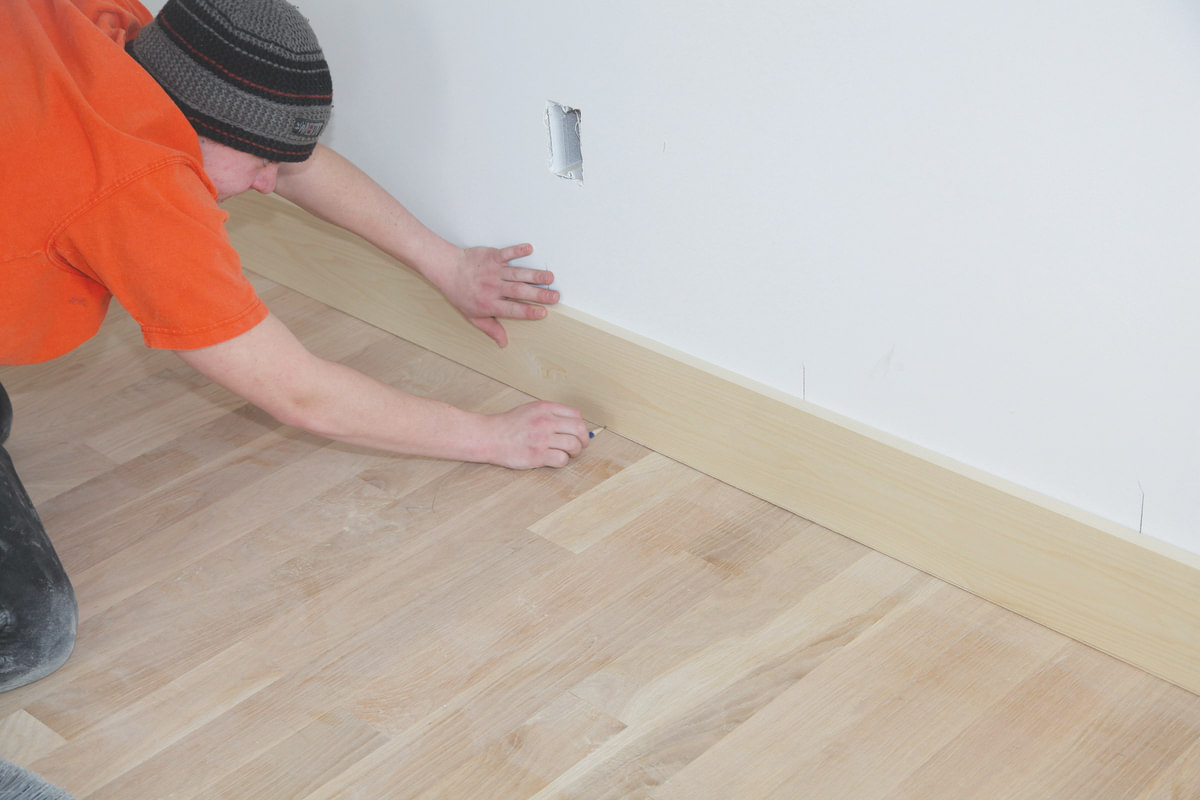

Building & Construction
What Is Scribing In Construction
Modified: February 25, 2024
Learn what scribing is in the context of building construction and how it is used to create precise fitting joints and seamless finishes. Explore the art of scribing and its importance in achieving professional construction results.
(Many of the links in this article redirect to a specific reviewed product. Your purchase of these products through affiliate links helps to generate commission for Storables.com, at no extra cost. Learn more)
Introduction
In the world of construction, precision and accuracy are paramount. Every detail and measurement must be carefully considered to ensure the success and longevity of the structure. One technique that plays a crucial role in achieving this level of precision is scribing.
Scribing is a technique used in construction and woodworking to create a tight and seamless fit between two uneven or nonparallel surfaces. Whether it’s fitting a countertop against a wall, installing cabinets in a sloping ceiling, or joining molding around irregularly shaped objects, scribing allows builders to create precise and tight joints that enhance both the aesthetics and functionality of the project.
The art of scribing has been used for centuries and has evolved over time to meet the demands of modern construction. It requires a keen eye, meticulous attention to detail, and a set of specialized tools. A skilled scribe can transform the most challenging and irregular spaces into seamless and flawless connections.
This article aims to provide a comprehensive understanding of scribing in construction. We will explore its definition, the importance of scribing in construction projects, the tools used for scribing, the step-by-step process of scribing, common mistakes to avoid, tips for successful scribing, and various applications of scribing in different construction projects.
Whether you are a construction professional looking to refine your scribing skills or a do-it-yourself enthusiast seeking to tackle a home improvement project, this article will serve as a valuable guide. So, let’s dive into the world of scribing and discover how it can elevate the quality and precision of your construction projects.
Key Takeaways:
- Scribing in construction is a versatile technique that ensures precise and seamless connections between uneven surfaces, enhancing both functionality and aesthetics in various projects, from cabinetry to architectural detailing.
- Mastering the art of scribing requires patience, attention to detail, and the use of quality tools. By avoiding common mistakes, taking accurate measurements, and practicing on scrap materials, builders can achieve flawless scribed connections that elevate the quality of their construction projects.
Read more: What Is A Scribe In Construction
Definition of Scribing in Construction
Scribing in construction refers to the technique of creating a tight and seamless fit between two surfaces that are uneven or nonparallel. It involves skillfully shaping and trimming one material to perfectly follow the contours of another, ensuring a precise and aesthetically pleasing joint.
The primary goal of scribing is to eliminate gaps and ensure a flush connection between different elements of a construction project. This is particularly important in situations where the surfaces being joined have irregular shapes, such as curved walls, sloping ceilings, or uneven floors.
Scribing is commonly used in various construction applications, including cabinetry, woodworking, flooring, countertops, and moldings. It allows builders to achieve a seamless appearance and professional finish, enhancing both the visual appeal and functionality of the space.
There are several benefits to using scribing in construction projects. Firstly, it creates a tight and secure joint that eliminates gaps, preventing the accumulation of dust, moisture, and other debris. This improves the overall durability and longevity of the structure or component.
Secondly, scribing allows for adaptability and flexibility when working with uneven or irregular surfaces. It enables craftsmen to create seamless connections that accommodate specific design requirements or accommodate structural variations.
Lastly, scribing enhances the overall aesthetics of the project. By achieving a precise fit between different materials, scribing ensures a cohesive and visually pleasing appearance. It eliminates visible gaps or misalignments, creating a professional finish that adds value to the construction project.
To perform scribing effectively, various tools and techniques are utilized. These include scribes, compasses, coping saws, jigsaws, belt sanders, and routers. The choice of tools depends on the specific requirements of the project and the materials being used.
In the next section, we will delve deeper into the importance of scribing in construction projects and explore the various tools used in the scribing process. Understanding the significance of this technique and the tools involved will provide a solid foundation for mastering the art of scribing in construction.
Importance of Scribing in Construction
Scribing is an essential technique in construction due to its numerous benefits and its ability to solve the challenges posed by uneven or nonparallel surfaces. Let’s explore the key reasons why scribing holds great importance in construction projects.
One of the primary reasons scribing is crucial in construction is its ability to ensure a tight and seamless fit between surfaces. When building structures, it is inevitable to encounter walls, floors, or other elements with irregular shapes or variances. Scribing allows builders to overcome these challenges and create a flush connection, eliminating unsightly gaps that compromise the overall appearance and functionality of the construction.
By achieving a precise fit, scribing helps enhance the structural integrity and durability of the project. Gaps between surfaces can lead to the infiltration of moisture, dust, and other contaminants, which can cause damage and compromise the integrity of the structure over time. Scribing eliminates these gaps, reducing the risk of long-term issues and improving the longevity of the construction.
Another significant advantage of scribing is its ability to adapt to different design requirements and accommodate variations in the construction. In situations where walls are not perfectly straight, ceilings have slopes, or floors are uneven, scribing allows for a customized and precise fit. This adaptability ensures that the construction seamlessly integrates with its surroundings and meets the unique specifications of the project.
In addition to its functional advantages, scribing has a remarkable impact on the visual appeal of the construction. Gaps and misalignments can detract from the overall aesthetics of the space, leaving it looking unfinished or poorly crafted. Scribing eliminates these imperfections, creating a smooth and cohesive finish that enhances the attractiveness of the project. Whether it’s a countertop seamlessly fitting against a wall or moldings perfectly aligning around a curved surface, scribing adds a professional touch that elevates the visual impact of the construction.
Moreover, scribing plays a key role in maintaining uniformity and consistency throughout the construction. It ensures that all elements blend seamlessly together, creating a harmonious and visually pleasing environment. This attention to detail enhances the overall quality and perceived value of the project, leaving a lasting impression on clients, residents, or visitors.
In summary, the importance of scribing in construction cannot be overstated. It eliminates gaps, enhances structural integrity, accommodates variations, improves aesthetics, and maintains consistency. By mastering the art of scribing, construction professionals can achieve precise and seamless connections, adding value, durability, and visual appeal to their projects.
Tools Used for Scribing in Construction
To execute the art of scribing effectively in construction, a variety of specialized tools are employed. These tools are designed to assist in shaping, trimming, and achieving a precise fit between uneven or nonparallel surfaces. Let’s explore some of the essential tools used in the scribing process.
1. Scribe: A scribe is a handheld tool that features a pointed tip or blade used to score or mark the surface of the material being scribed. It allows craftsmen to create an accurate reference line that follows the contours of the adjacent surface, ensuring a tight fit. Scribes come in different forms, including flat scribes for marking straight lines and compass scribes for marking arcs or curves.
2. Compass: A compass is a versatile tool used for drawing circles, arcs, and curves. In scribing, a compass is used to transfer measurements or markings onto the material being scribed. By adjusting the radius of the compass, craftsmen can create a precise template that matches the irregular shape of the adjacent surface.
3. Coping Saw: A coping saw is a hand saw with a narrow and flexible blade that is perfect for cutting intricate shapes and curves. It is often used in scribing to remove excess material and achieve a precise fit. The coping saw allows craftsmen to trim the material while following the contours of the adjacent surface, resulting in a seamless connection.
4. Jigsaw: A jigsaw is a power tool that uses a reciprocating blade to cut through various materials, including wood, plastic, and metal. It is particularly useful in scribing when dealing with thicker or more rigid materials. A jigsaw allows craftsmen to make accurate and controlled cuts along curved or irregular lines, ensuring a precise fit.
5. Belt Sander: A belt sander is a power tool equipped with a continuous sanding belt used for shaping and smoothing surfaces. In scribing, a belt sander is valuable for removing excess material and fine-tuning the fit between surfaces. It enables craftsmen to achieve a smooth and seamless transition, ensuring a tight connection.
6. Router: A router is a versatile power tool commonly used for carving, shaping, and trimming materials. In scribing, a router with a flush-trim bit or a scribing bit can be used to remove excess material and achieve a precise fit. It allows craftsmen to create clean and accurate cuts that perfectly match the contours of the adjacent surface.
These are just a few of the essential tools used in the scribing process in construction. Depending on the specific requirements of the project and the materials being used, other tools such as chisels, files, and sandpaper may also be employed. It is crucial to select the appropriate tools and use them skillfully to achieve optimal results in scribing.
Step-by-Step Process of Scribing in Construction
Scribing in construction requires a systematic approach to achieve precise and seamless connections between uneven or nonparallel surfaces. By following a step-by-step process, builders can effectively execute the art of scribing. Let’s explore the key steps involved in the scribing process.
1. Measurement and Marking: Begin by measuring the space between the two surfaces that need to be scribed. Use a tape measure or other measuring tools to record the dimensions accurately. Transfer these measurements onto the material that will be scribed using a scribe or compass. Mark reference lines that follow the contours of the adjacent surface, ensuring a tight fit.
2. Cutting or Trimming: Use appropriate cutting tools such as a coping saw or jigsaw to cut or trim the material, following the marked lines. Take your time and work carefully to achieve clean and precise cuts. If necessary, use a belt sander or router to remove excess material and shape the edges to match the adjacent surface.
3. Test Fit: After cutting and shaping the material, perform a test fit to check the accuracy of your scribing. Place the scribed material against the adjacent surface and assess the fit. Make any necessary adjustments by recutting or trimming until you achieve a tight and seamless connection.
4. Fine-tuning: Once the initial fit is achieved, use sandpaper or a file to carefully refine the edges of the scribed material. This step ensures a smooth and precise finish, eliminating any imperfections or rough edges.
5. Installation: Once the scribed material is perfectly shaped and fine-tuned, secure it in place using appropriate fasteners or adhesives. Ensure that the scribed joint is tight and flush with the adjacent surface, eliminating any visible gaps.
6. Finishing Touches: After the scribed joint is installed, apply any necessary finishing touches to complete the construction project. This may involve sanding, painting, staining, or sealing, depending on the specific materials and desired aesthetic outcome.
Throughout the scribing process, it is important to maintain a high level of precision and attention to detail. Take your time to ensure that each step is executed accurately, as even slight errors can result in misaligned or poorly fitting joints.
Additionally, it is recommended to practice on scrap materials before working on the actual project. This will allow you to refine your scribing skills, familiarize yourself with the tools, and gain confidence in executing the technique effectively.
By following this step-by-step process, construction professionals and DIY enthusiasts can achieve seamless and professional-looking connections between uneven or nonparallel surfaces. Scribing adds a level of precision and refinement to construction projects, enhancing both their functionality and aesthetic appeal.
When scribing in construction, use a compass or scribe tool to accurately transfer irregular shapes or contours onto materials for precise cutting and fitting.
Common Mistakes to Avoid in Scribing
While scribing can be a highly effective technique in construction, there are common pitfalls that builders should be aware of to achieve successful results. By avoiding these mistakes, you can ensure that your scribing projects are precise, seamless, and visually appealing. Let’s explore some of the most common mistakes to avoid in scribing.
1. Inaccurate Measurements: One of the primary mistakes in scribing is taking inaccurate measurements. Carelessly measuring the space between surfaces can lead to ill-fitting connections. Always double-check your measurements and use precise measuring tools to ensure accuracy.
2. Improper Marking: Incorrectly marking the reference lines on the material being scribed can result in misaligned or uneven cuts. Take your time to accurately transfer the measurements onto the material using a scribe or compass. Use clear, visible markings that align with the contours of the adjacent surface.
3. Rushing the Cutting Process: Another common mistake is rushing the cutting or trimming process. Careless or hasty cutting can result in jagged edges, uneven cuts, or compromised fit. Take your time to make precise and controlled cuts, ensuring that the material closely matches the adjacent surface.
4. Neglecting Test Fits: Failing to perform test fits during the scribing process can lead to unpleasant surprises when installing the material. Always test fit the scribed material against the adjacent surface before finalizing the cuts. This allows you to make necessary adjustments and ensure a precise and tight fit.
5. Overlooking Fine-tuning: Neglecting the fine-tuning process can leave rough edges or imperfections in the scribed joint. Take the time to carefully refine the edges using sandpaper or a file after the initial fit. This step ensures a smooth and flawless finish, enhancing both the functionality and aesthetics of the connection.
6. Ignoring Safety Precautions: Scribing involves the use of sharp cutting tools and power equipment. Neglecting safety precautions can lead to accidents or injuries. Always wear appropriate safety gear, such as goggles and gloves, and follow safety guidelines for each tool you use.
7. Lack of Patience: Scribing requires patience and attention to detail. Rushing through the process can result in sloppy workmanship and compromised results. Take your time, be patient, and pay close attention to each step of the scribing process.
8. Inadequate Tool Selection: Using incorrect or inadequate tools can hinder the scribing process. Ensure that you have the right tools for the job, including scribes, saws, sanders, and routers. Using the appropriate tools will make the scribing process more efficient and effective.
By avoiding these common mistakes, you can enhance the success and quality of your scribing projects. Remember to measure accurately, carefully mark your references, take your time with cutting and fine-tuning, perform test fits, prioritize safety, be patient, and use the right tools for the job. By doing so, you can achieve precise and seamless connections that elevate the overall craftsmanship of your construction projects.
Tips for Successful Scribing in Construction
Achieving successful results in scribing requires skill, attention to detail, and a systematic approach. To help you master the art of scribing in construction, here are some valuable tips to enhance your scribing techniques and ensure precision and seamless connections.
1. Accurate Measurements: Take precise measurements of the space between surfaces to ensure an accurate fit. Use high-quality measuring tools and double-check your measurements before marking the material.
2. Use Quality Tools: Invest in high-quality scribing tools that are specifically designed for construction purposes. Well-crafted tools not only provide better accuracy but also offer durability and ease of use.
3. Practice on Scrap Materials: Before working on your actual project, practice your scribing skills on scrap materials. This will allow you to refine your techniques, gain confidence, and familiarize yourself with the tools you’ll be using.
4. Sharp Cutting Blades: Make sure your cutting blades are sharp and in good condition. Dull blades can lead to imprecise cuts and require more effort, resulting in a less accurate fit.
5. Take Your Time: Scribing requires patience and precision. Do not rush the process. Take your time to carefully mark, cut, and fine-tune the material, ensuring a tight and seamless fit.
6. Perform Test Fits: Always perform test fits before finalizing your scribed joint. Check the fit against the adjacent surface and make any necessary adjustments to achieve the desired level of precision.
7. Secure Material in Place: When scribing larger or heavier materials, consider using clamps or temporary fasteners to hold them securely in place during the scribing process. This ensures stability and prevents accidental movement or damage.
8. Fine-Tune the Edges: After achieving the initial fit, carefully refine the edges of the scribed material using sandpaper or a file. This helps to smooth out any imperfections and achieve a professional finish.
9. Regularly Clean and Maintain Tools: Keep your tools clean and well-maintained to ensure optimal performance. Regularly sharpen cutting blades, lubricate moving parts, and store tools properly to prevent corrosion or damage.
10. Safety First: Prioritize safety throughout the scribing process. Wear appropriate protective gear, such as safety goggles and gloves, and follow safety guidelines for each tool you use. Keep your work area clean and free from hazards.
11. Seek Professional Advice if Needed: If you are new to scribing or attempting a complex project, consider seeking advice from experienced professionals. They can provide valuable guidance and insights to help you achieve the best results.
By implementing these tips, you can enhance your scribing skills and achieve successful outcomes in your construction projects. Remember to measure accurately, practice with scrap materials, use quality tools, take your time, perform test fits, fine-tune the edges, prioritize safety, and seek expert advice when necessary. With practice and attention to detail, you can master the art of scribing and create precise and seamless connections that elevate the quality and craftsmanship of your construction work.
Applications of Scribing in Different Construction Projects
Scribing is a versatile technique that finds applications in various construction projects. Its ability to create tight and seamless connections between uneven or nonparallel surfaces makes it a valuable skill in many areas of construction. Let’s explore some of the key applications of scribing in different construction projects.
1. Cabinetry and Millwork: Scribing is commonly used in cabinetry and millwork projects. It allows builders to achieve a precise fit between cabinets, countertops, and walls. Scribing ensures that cabinets seamlessly blend into the surrounding space, eliminating unsightly gaps and enhancing the overall aesthetics of the room.
2. Flooring Installation: Scribing is essential in flooring installation, especially when dealing with irregular spaces or uneven walls. It allows builders to achieve a seamless transition between flooring materials and adjacent surfaces, such as walls or stairs. Scribing ensures a tight fit, preventing gaps and creating a polished and professional finish.
3. Countertop Installation: Scribing is often employed when installing countertops against walls, backsplashes, or other existing structures. It enables builders to achieve a precise fit, even when dealing with walls that are not perfectly straight or level. Scribing ensures a seamless connection between the countertop and adjacent surfaces, enhancing both functionality and aesthetics.
4. Molding and Trim Installation: Scribing is crucial in installing molding and trim around irregularly shaped objects, such as curved walls or columns. It allows builders to create tight and seamless connections, ensuring a polished and custom-fitted finished look. Scribing eliminates visible gaps and results in a professional and cohesive appearance.
5. Custom-Built Furniture: Scribing is widely used in the construction of custom-built furniture pieces. It allows builders to create unique designs that fit perfectly into specific spaces. Scribing ensures a precise fit between different components of the furniture, such as shelves, drawers, and framework, resulting in a seamless and tailored look.
6. Renovations and Remodeling: Scribing plays a crucial role in renovations and remodeling projects, where existing structures need to be incorporated into new designs. It allows builders to adapt to existing irregularities or variations in the space, achieving a seamless integration between old and new elements.
7. Curved Walls and Ceilings: Scribing is indispensable when working with curved walls or ceilings. It enables builders to create precise connections between materials, ensuring a smooth and continuous appearance. Scribing allows for the installation of materials such as drywall, paneling, or wallpaper, following the curvature of the surface.
8. Architectural Detailing: Scribing is frequently employed in architectural detailing to achieve intricate and precise connections. It is used to join unique or irregularly shaped architectural elements, such as arches, columns, or decorative moldings. Scribing ensures that these elements seamlessly interlock, enhancing the overall visual impact of the design.
These are just a few examples of the applications of scribing in different construction projects. From cabinetry and flooring to custom furniture and architectural detailing, scribing is a valuable technique that ensures precision, functionality, and aesthetic appeal in construction. By mastering this skill, builders can elevate the quality and craftsmanship of their projects, creating visually stunning and flawlessly connected spaces.
Conclusion
Scribing is a vital technique in construction that allows builders to achieve precision and seamless connections between uneven or nonparallel surfaces. By carefully shaping, trimming, and fitting materials, scribing enhances both the functionality and aesthetics of a construction project.
Throughout this article, we have explored the definition of scribing, its importance in construction, the tools used for scribing, the step-by-step process involved, common mistakes to avoid, tips for successful scribing, and various applications in different construction projects. It is evident that scribing is a versatile skill that can be applied in various areas of construction, from cabinetry and flooring to architectural detailing and custom furniture.
Scribing offers numerous benefits, including creating tight and flush joints, enhancing the structural integrity, accommodating variations, improving aesthetics, and maintaining consistency. By implementing accurate measurements, using quality tools, taking time for test fits, and prioritizing safety, builders can achieve precise and seamless scribed connections.
Mastering the art of scribing requires practice, attention to detail, and patience. By following the step-by-step process, avoiding common mistakes, and applying valuable tips, professionals and DIY enthusiasts can refine their scribing skills and elevate the quality of their construction projects.
In conclusion, scribing plays a pivotal role in achieving precision, accuracy, and a polished finish in construction. Whether it’s seamlessly fitting cabinets against walls, matching molding to curved surfaces, or creating custom-built furniture, scribing ensures tight connections that enhance both functionality and aesthetics. With its versatility and practical applications, scribing is an essential technique for construction professionals, enabling them to create visually stunning and flawlessly connected spaces.
By continuously honing your scribing skills and embracing the techniques and principles outlined in this article, you can embark on your construction projects with confidence, knowing that you have the knowledge and expertise to achieve exceptional results through the art of scribing.
Frequently Asked Questions about What Is Scribing In Construction
Was this page helpful?
At Storables.com, we guarantee accurate and reliable information. Our content, validated by Expert Board Contributors, is crafted following stringent Editorial Policies. We're committed to providing you with well-researched, expert-backed insights for all your informational needs.

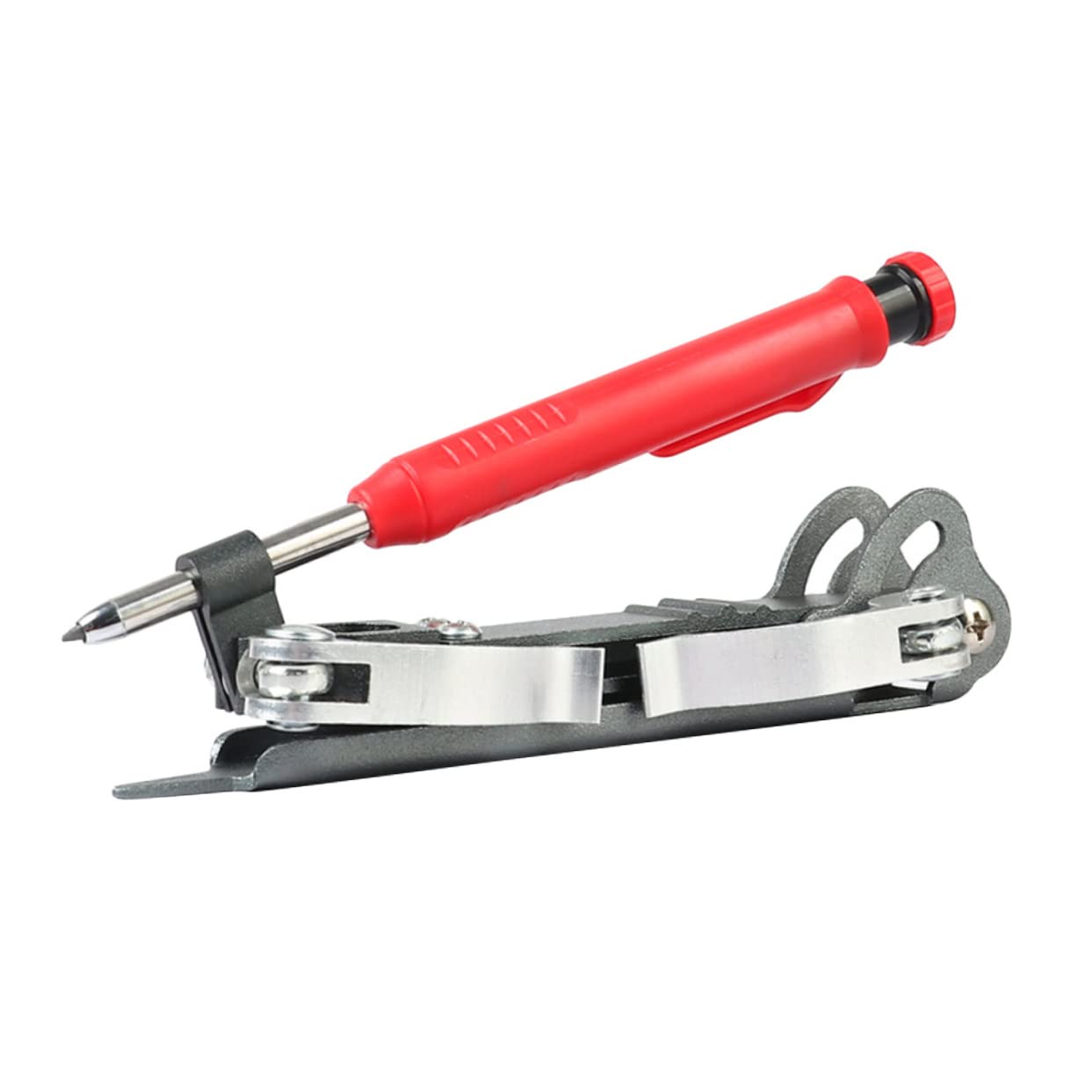
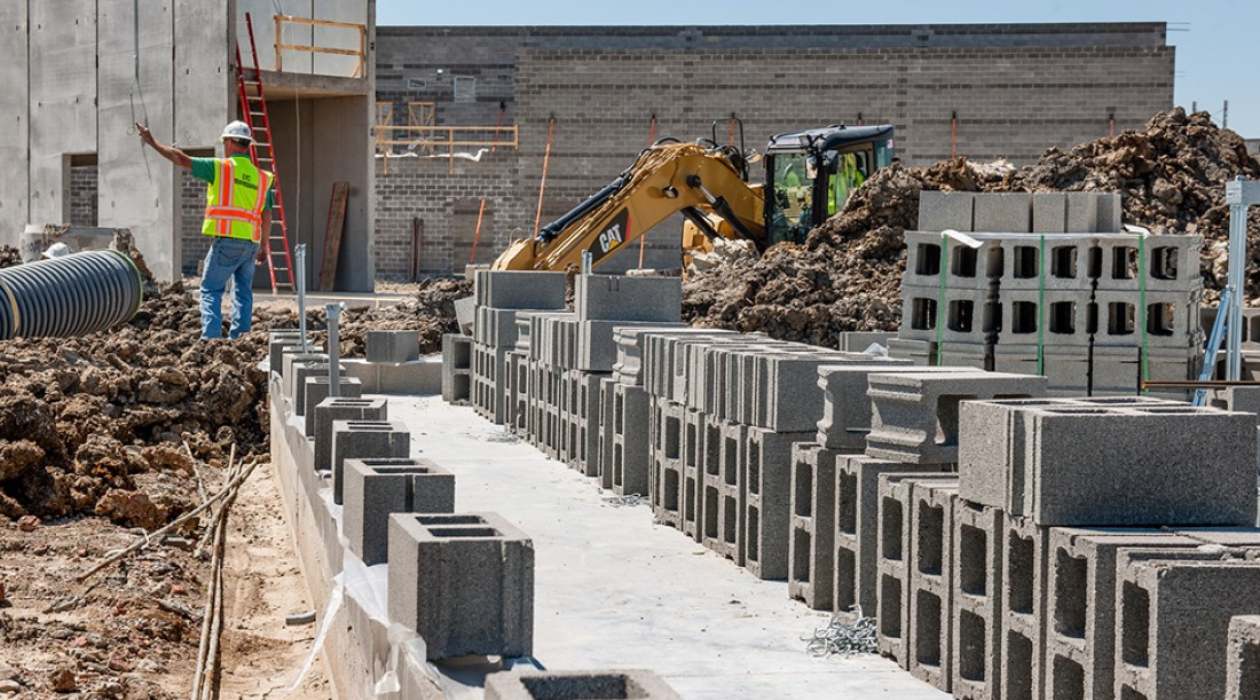
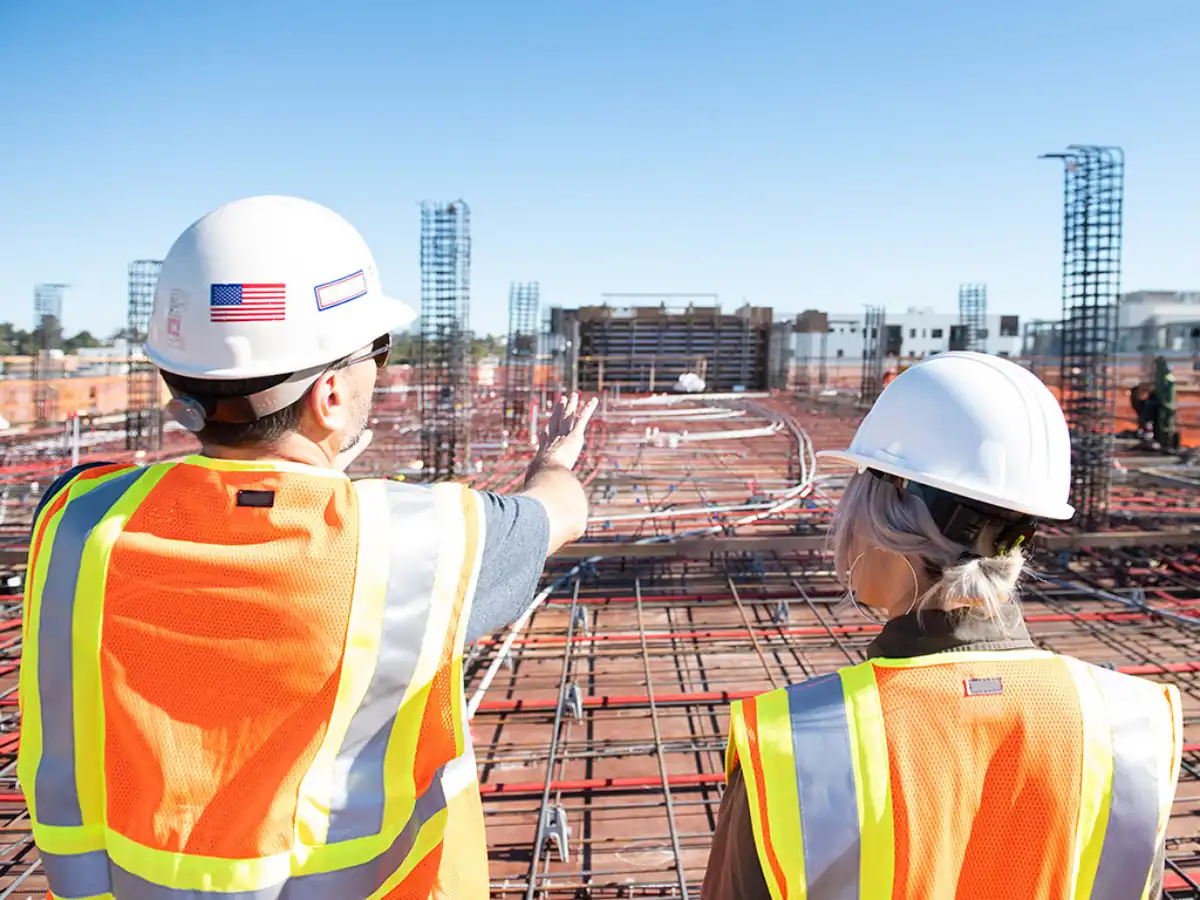

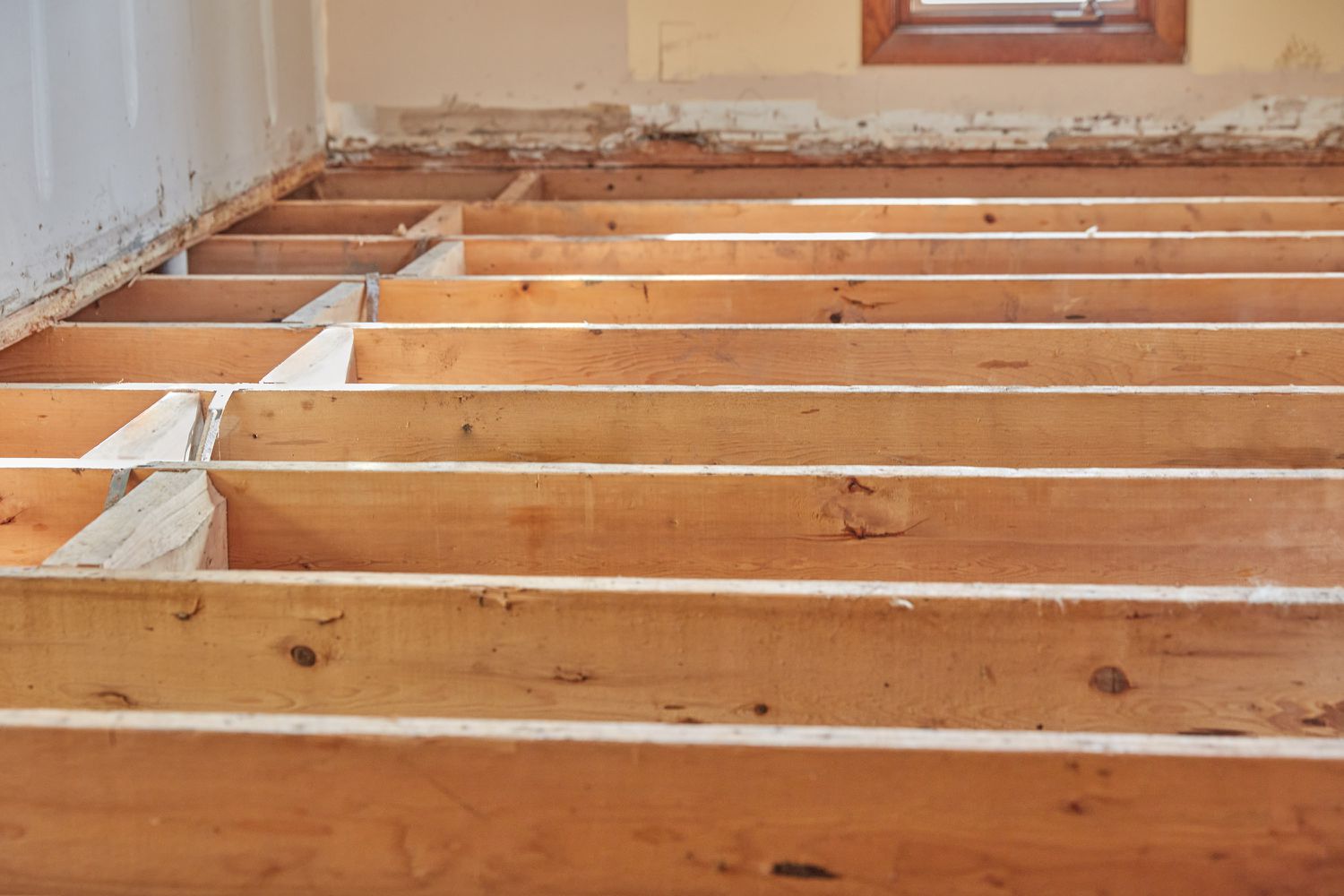
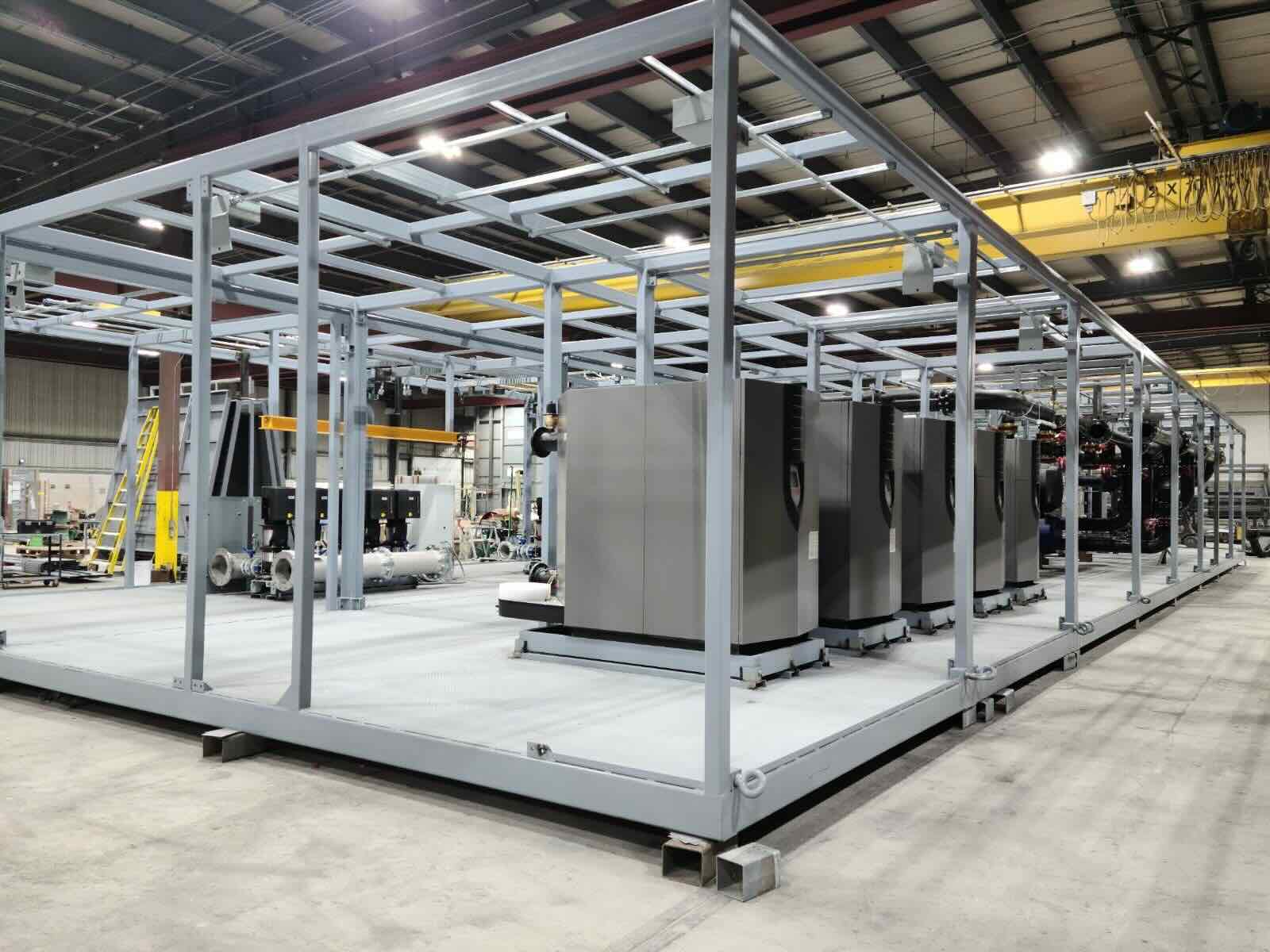

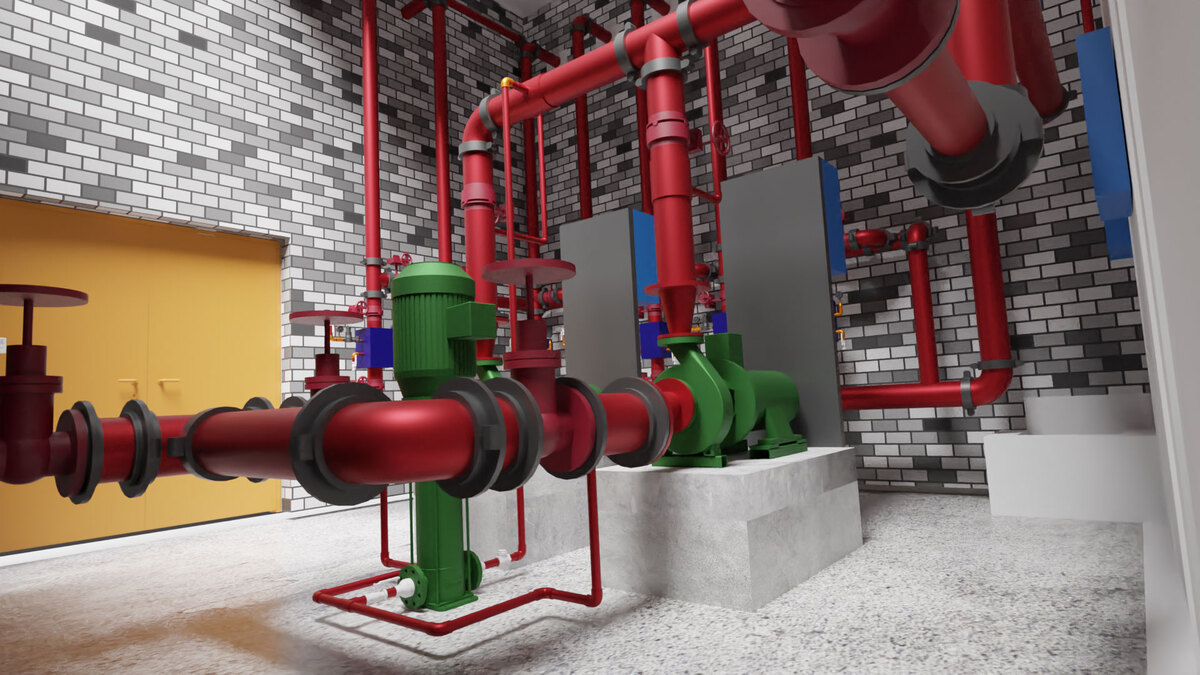

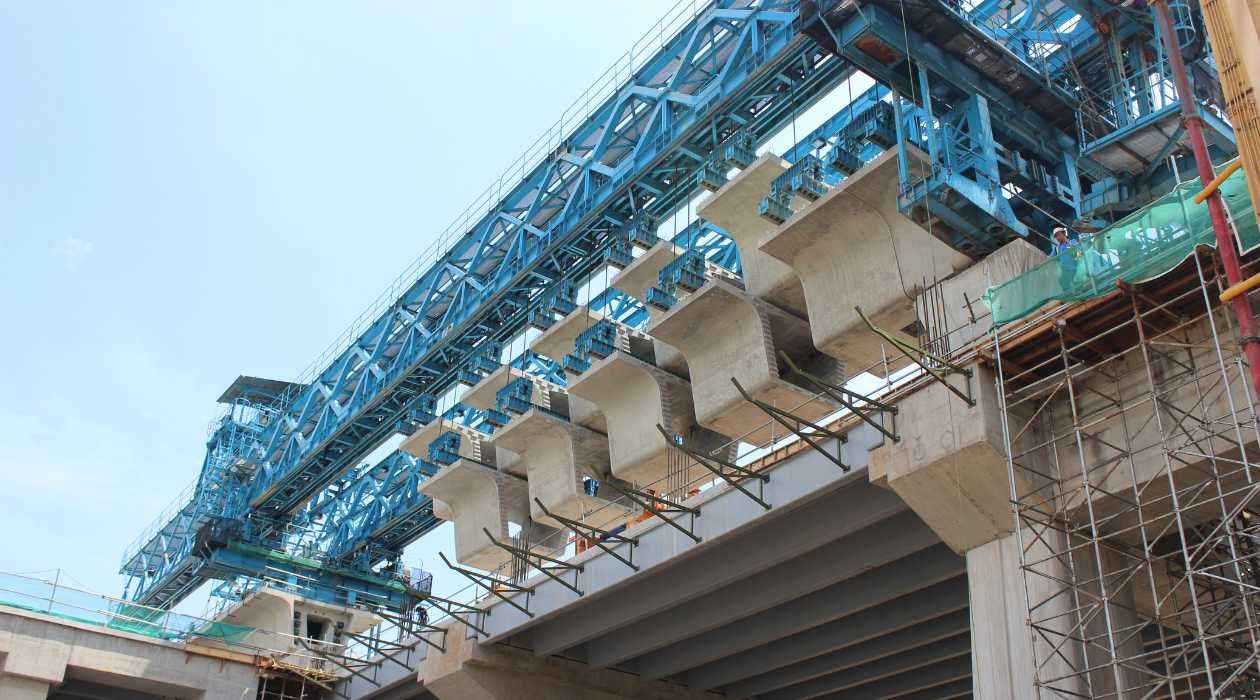
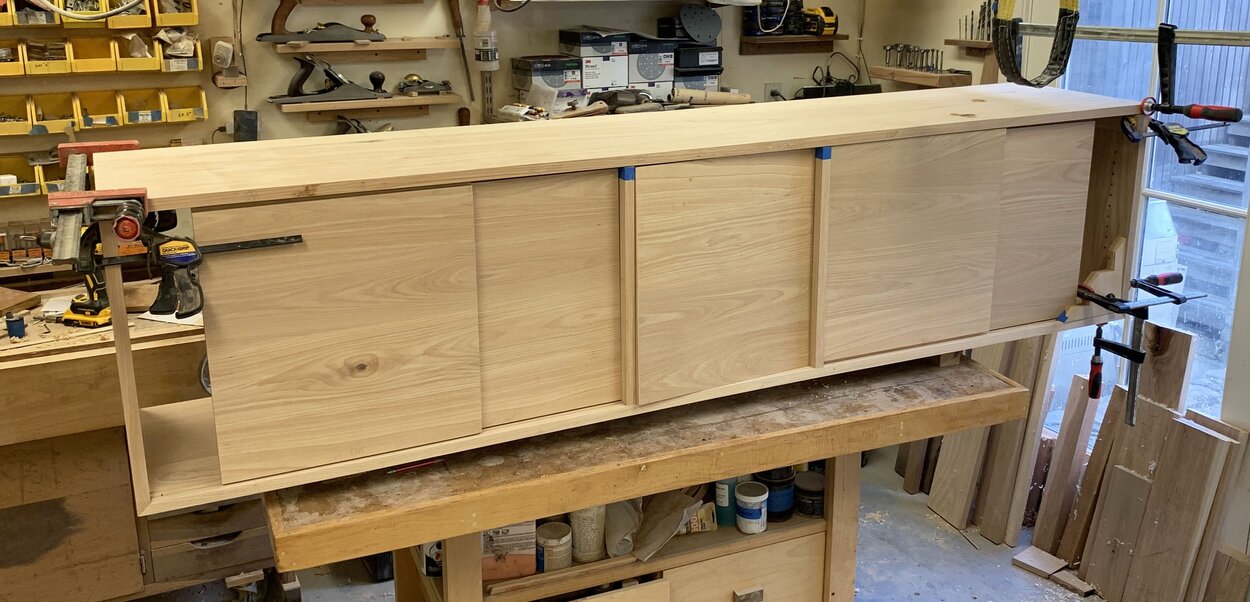
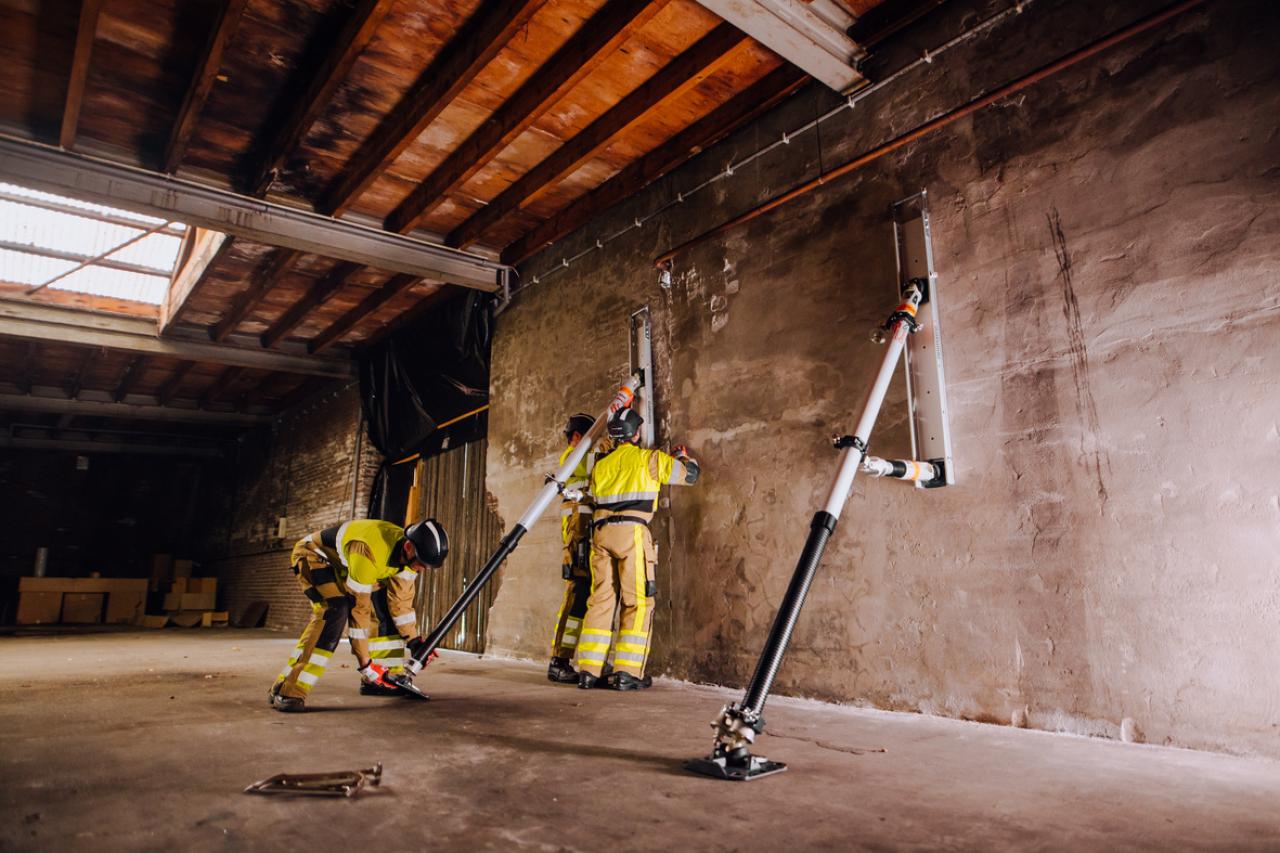
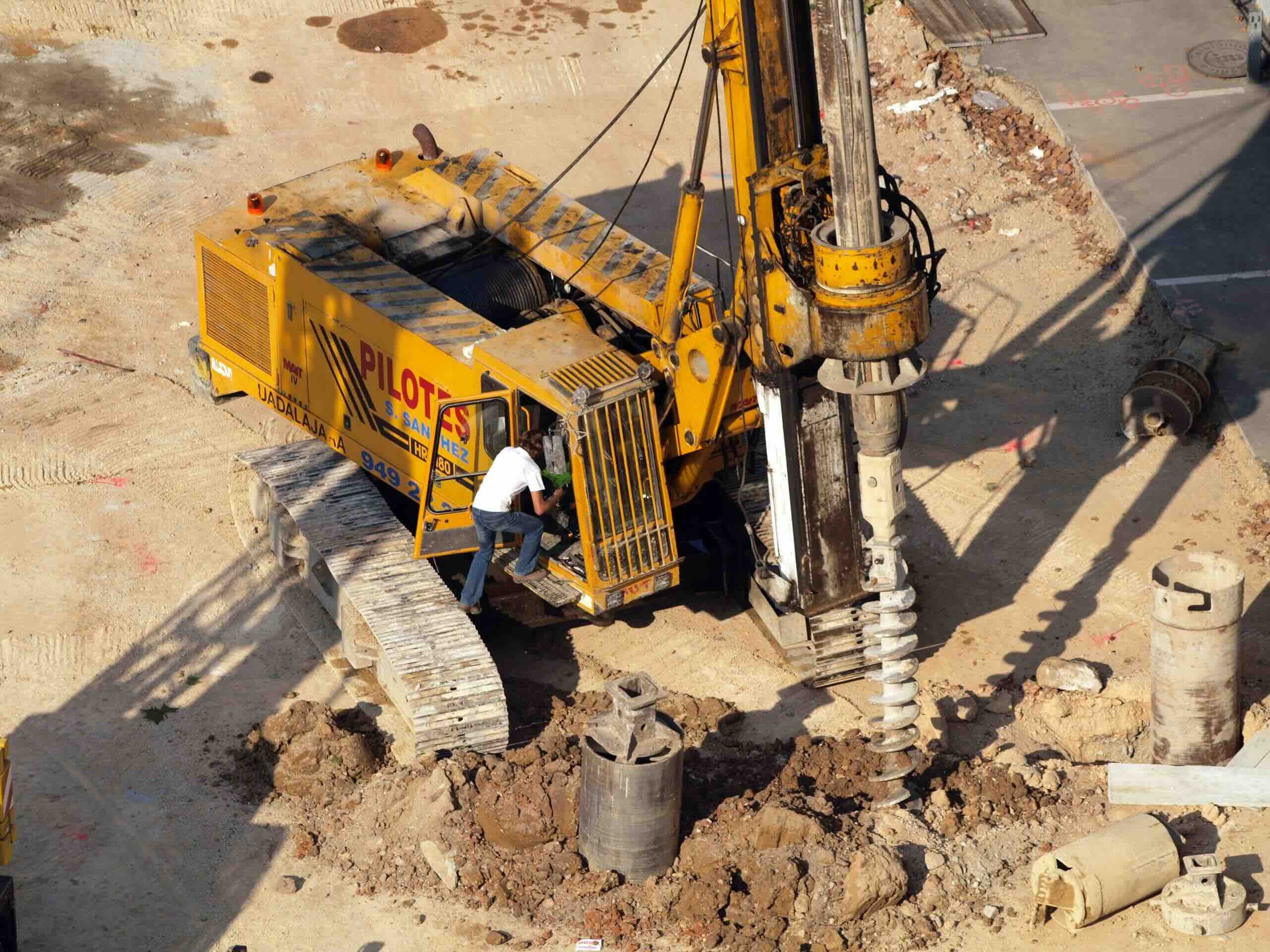

0 thoughts on “What Is Scribing In Construction”